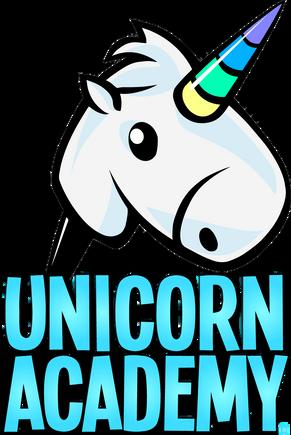



























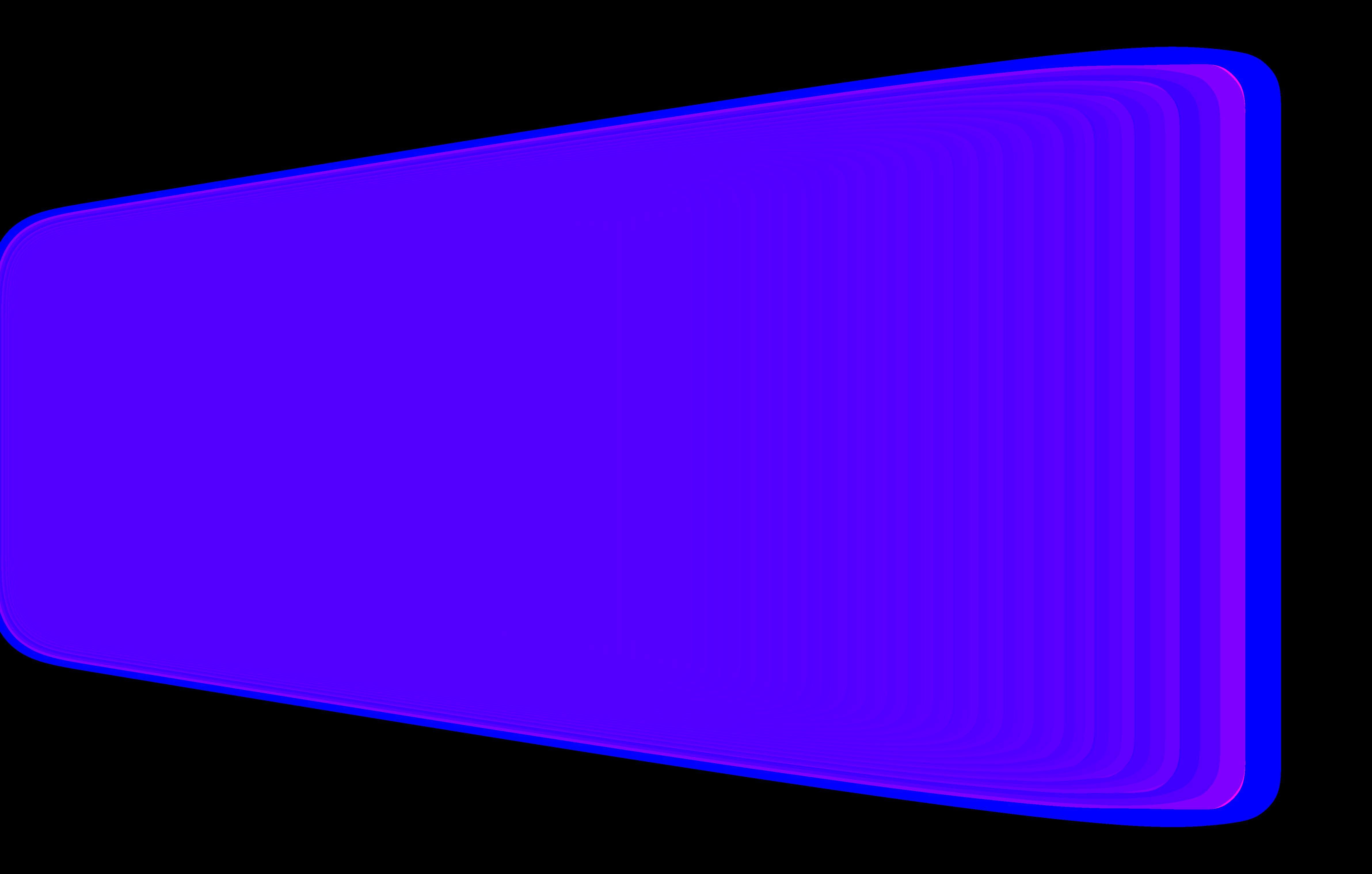
Welcome to Unicorn Academy, the first-ever augmented reality (AR) education program that offers students in grades 8-12 a fun, inclusive, and engaging way to learn entrepreneurship through a physical book that takes students on a journey into the metaverse.


This book is designed to inspire creative thinking and problem solving, empower youth to turn their ideas and passions into a real money-making business, support youth development, and advance youth entrepreneurship. Throughout the book, you’ll learn to create solutions that solve real-world problems, immerse yourself in the nine building blocks to successfully launch a business, and design an AR experience to promote your business. Have fun!



People around the world have many definitions of the metaverse, some people think it is a vision of the future where people come together to form a virtual universe fostering a social connection without a physical location. Others define the metaverse as connected virtual worlds where people can interact with each other in real-time, often (but not always) using virtual or augmented reality (AR) technology.
STTE Foundation and a group of leaders in technology defined the metaverse as “a spectrum of evolving experiences collectively designed to support the way entrepreneurs live, work, play, and connect.” According to a McKinsey 2022 report, the metaverse is an evolution of today’s internet.





And guess what? Younger generations are driving the future of the metaverse! Who knows? Maybe you’ll be the one creating it Are you prepared?

be wondering “Why ademy has a Unicorn in the e business world, unicorns nies valued at a billion , BILLION DOLLARS!

"Hello! I’m Jessica, your AR "Hello! I’m Jessica, your AR teacher. It's a pleasure to teacher It's a pleasure to meet you. Follow the steps meet you. Follow the steps on the phone or tablet! on the phone or tablet!



AR effect not loading? Try AR effect not loading? Try exiting the application and exiting the application and relaunching again relaunching again. You will You will be able to learn at your own be able to learn at your own pace, anywhere and pace, anywhere and anytime "anytime."






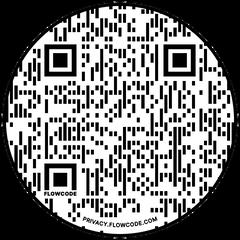
You Will Need:
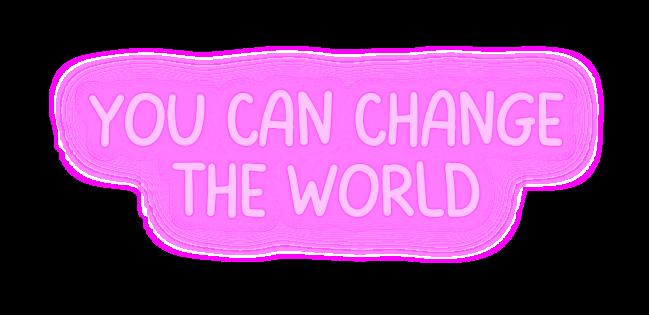




Wifi or a Cellular Data Plan
Mobile Phone (iPhone or Android)


Laptop, Desktop Computer, or Tablet
After you’ve entered the AR experience and listened to my message, you’re ready to begin your learning journey!


What is design thinking?
What comes to your mind when you hear DESIGN? You’re probably thinking of fash painting, drawing, or designing a house. Try your best guess, there is no right or wrong answer.

Well, design thinking is a non-linear iterative process used to create solutions that solve realworld problems It always starts by placing your customers at the core and finding ways to create a better future for them, it also means that you will have to test your assumptions and prototypes many times until you find “the solution ”
Design thinking is crucial to develop a business idea, understanding your customers, and creating something that relieves their pain points. Imagine you are sick and your parents (or guardians) take you to the doctor. The doctor performs a complete physical exam, asks you questions about your symptoms and writes you a prescription letter with medicine to cure you. Now imagine that you are the doctor for your patients (the people that you are trying to save), you will use design thinking to perform a holistic well-being exam, ask questions, identify their pain points, and eventually create something that relieves their pain. The most innovative people and businesses use design thinking to create solutions focused on solving the problems of their customers, and the people they are saving. Who do you want to save?



Take the Boss Pledge!
your name] , acknowledge t your name] , acknowledge t

probabl probably won’t get it right the y won’t get it right the Being open-minded and askin Being open-minded and asking Connecting deeply with custom Connecting deeply with custom Seeking opportunities, not per Seeking opportunities, not perf Creating Value Creating Value





r you acknowledge the statem r you acknowledge the statem are ready to move to the next are ready to move to the next

Disclaimer: You can do the activity below by yourself or with a team








Start by answering these questions: Who do you want to serve? Who are your users? How old are they? Where do they live? What are their hobbies? What do they like to buy? Think about an experience where you had a problem and didn’t find a solution, and suddenly you thought “If only this existed.” Would you like to solve that problem for others?
Once you’ve identified your users, let’s just call them YOUR SQUAD, it is important to empathize with their problems by doing research, creating a questionnaire to understand their wants and needs, and arranging interviews with your users (online or in-person).
Interviewing your squad will help you find real insights and test your assumptions. What do you want to learn from them? Listen carefully.
Create an Empathy Map Canvas to get familiar with your squad, it will guide you to learn more about what your squad is hearing, seeing, feeling, thinking, saying, and doing. See canvas below and sketch out your customer empathy map.
WHO are we empathizing with?

What do they HEAR?

Whatdothey THINKandFEEL?
GAINS PAINS
What do they need to DO?
What do they SEE?


What do they DO?
What do they SAY?
After conducting interviews and gathering information, it’s time to analyze all the data and observe with an open mind. What are their core problems? What keeps them up at night? What are their needs? What would be their ideal solution/product? What are they trying to achieve? Then, define three key problem statements of your squad, also known as target audience or persona(s).
Create a Value Proposition Canvas and start on the right side where it says "Your Customer Profile." This will help you visualize their jobs-to-be-done, the pains they face, and the gains they perceive.





Time to generate bold ideas, think outside the box, and have a brainstorming session. Now that you’ve identified their key problems, what they are trying to achieve and the gains they hope to get, it's time to create your value proposition. What value do you want to create? What medicine is going to relieve the pain? Are you creating a product or service? Why is your solution different and worth buying?
Fill out the left side of the canvas where it says "Your Value Proposition."



Tip: Invite people from different expertise and backgrounds (like your teacher, mentor, or parents) this will help you generate fresh ideas and gain different perspectives. Remember, there is no right or wrong answer. Welcome all ideas, be creative and have fun.







Are you ready to experiment and get your hands wet? Great! Because you will. It's time to move from idea to concept. This is a step to create inexpensive, scaled-down versions of your solution This is considered the first iteration of your solution, or minimal viable product (MVP) The purpose of this stage is to move fast, it doesn’t have to be perfect, you just need a simple concept to test with your users You could try paper prototyping, app prototyping, designing a mockup, etc



Try it! After you have your first prototype, ask for feedback from your squad. What did they like and didn’t like? How do they use it? How can you make it better? Would they pay for your solution?



Remember that design thinking is an iterative process, sometimes you won’t get it right the first time and that is okay, you must keep trying and applying feedback. Feel free to redefine your idea, and make alterations and improvements. Your goal should be to understand your squad and create value for them deeply.

If you’re interested in learning more about Design Thinking, find more resources below:
Design Thinking tools and case studies: http://www designkit org/

The lean business model canvas (BMC) is like the blueprint of your business, it helps entrepreneurs visualize how their business idea works – who do you serve (Squad), what you’ll sell (Fire), how you’ll earn money (Bread), how you are unique (Drip), etc... Your Business Model Canvas is meant to change and be updated as you define your idea, talk to your customers, learn, validate your assumptions, and test your prototypes.




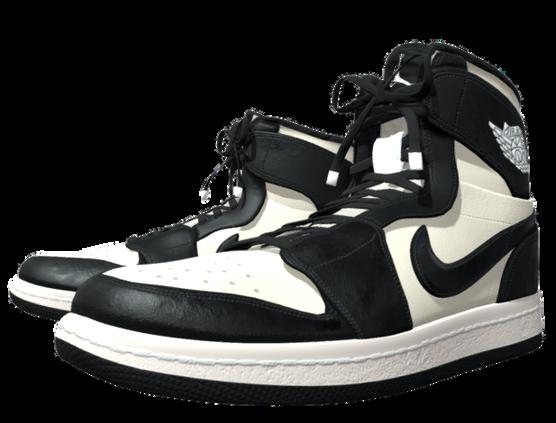


To build a great house, you need a blueprint; the same way businesses need a business model.

The business model has 9 building blocks that will guide you step-by-step to brainstorm possible business models.



Let's look at an example of a lean business model canvas of a top brand. This will help you start to think about what it takes to create yours.





Time to take out your phone! Scan the QR code below to learn and immerse yourself in the business model canvases from leading brands such as Tesla, Nike, Instagram, and TikTok.


After you’ve explored the AR business model canvases, it's your turn to by following the 9 building blocks of the w the steps below to get started!
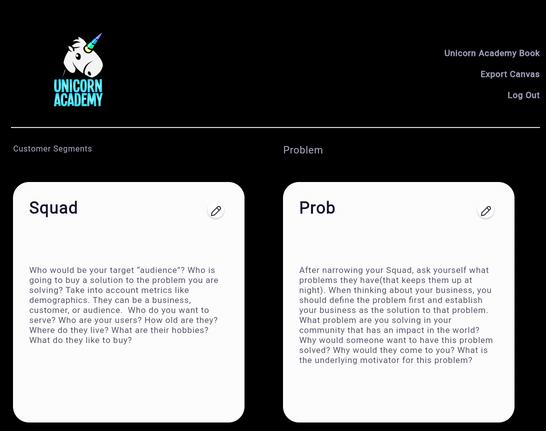
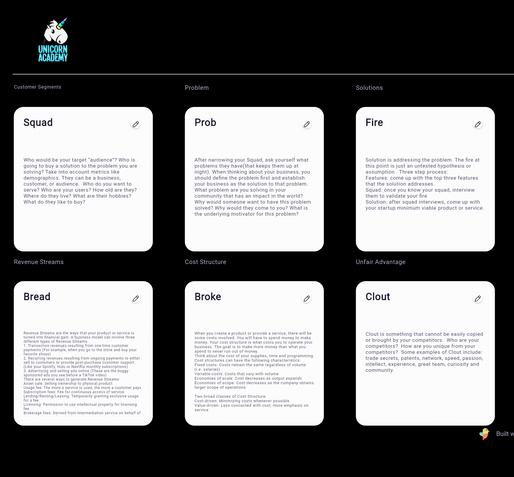
You Will Need:
Wifi Laptop, Desktop Computer, or Tablet

Type in the following URL



https://unicorn-academy-stte.web.app


Click down below on “Sign up”
Add your email and create a password
Click on each block and fill out your information


Once you’re done, see the right upper corner and click on “Export Canvas”

Download and share with your friends, teacher, or parents
You can also learn about each part of the canvas in the upcoming pages and watching videos. They are fun! (and short) Let’s get started!
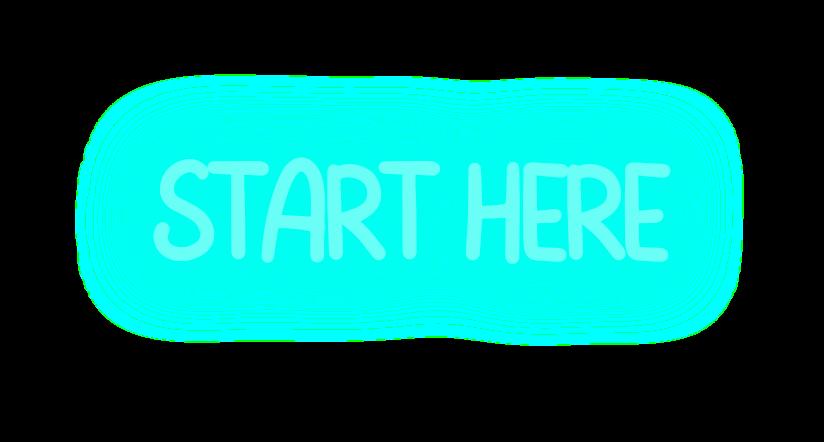
CHAPTER 2: THE LEAN BUSINESS MODEL CANVAS

Ask yourself these questions:
Who would be your target “audience”?
Who do you want to serve?
Who is going to buy a solution to the problem you are solving? Take into account metrics like demographics.
The solution is addressing the problem The fire at this point is just an untested hypothesis or assumption

After narrowing your Squad, ask yourself:
What problems do they have?
What are their pain points?
What keeps them up at night?
When thinking about your business, you should define the problem first and establish your business as the solution to that problem.


The Channels describe how a company communicates with and reaches its Customer Segments (SQUAD) to sell its product or service. Channels serve several functions, including:

Raising awareness among customers about a company’s products and services





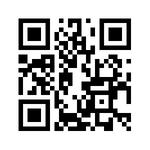

Helping customers evaluate a company’s Value Proposition

Allowing customers to purchase specific products and services

Delivering a Value Proposition to customers
Providing post-purchase customer support
BLOCK 2 BLOCK 3 BLOCK 4
Your unique value proposition is a brief statement on what makes your solution so unique from your competition, why your business is fire, how you provide value to your customers, and why they would want to buy it from you and no one else.
Keep it less than two sentences
What's so unique? Newness, Performance, Customization, Design, Brand, Price, Cost Reduction, or Accessibility.
BLOCK 7

Revenue Streams are the ways that your product or service is turned into financial gain. A business model can involve three different types.
Transaction revenues resulting from one-time customer payments.
Recurring revenues from ongoing payments to either sell to customers or provide post-purchase customer support
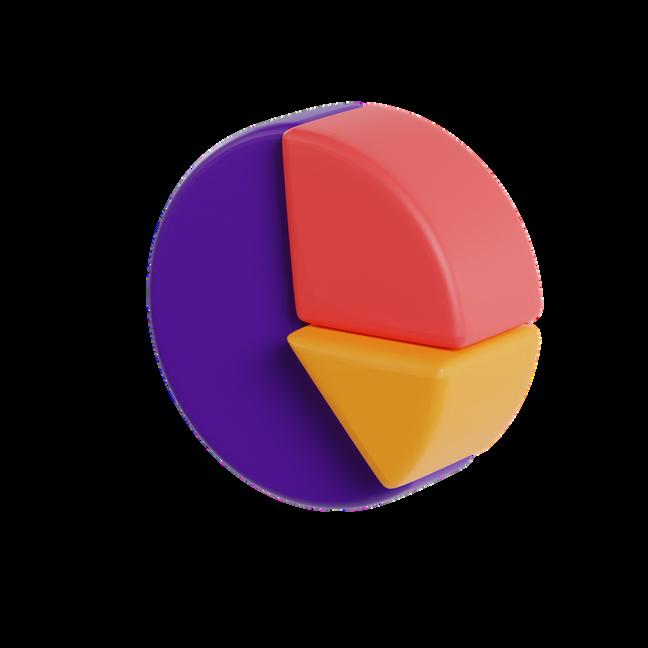
Advertising and selling ads online
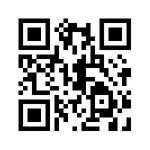




Gross profit margin is an important measure to assess a company's financial health by calculating the amount of money left over from sales after subtracting the costs See formula below:

Grades are the key metrics that help you measure your performance, set short-term and long-term goals, demonstrate success, and take better datadriven decisions
To help you set some grades, keep these things in mind:
What will you measure to determine if your business is making progress?
What are your top weekly, monthly and yearly goals?
BLOCK 8
When you create a product or provide a service, there will be costs involved You have to spend money to make money. Your cost structure is what costs you to operate your business.
Some examples include talent or people, licenses, rent, materials, technology, utilities like internet, electricity, water, HVAC.
Cost structures:
Fixed costs: Costs remain the same regardless of volume (i e salaries)
Variable costs: Costs that vary with volume

Economies of scale: Cost decreases as output expands.
Economies of scope: Cost decreases as the company obtains larger scope of operations.

 BLOCK 5
BLOCK 6
BLOCK 5
BLOCK 6
BLOCK 9

Unfair Advantage (Clout)


Clout is something that cannot be easily copied or brought by your competitors.




Who are your competitors and how are you unique from them?
Some examples of Clout include: trade secrets, patents, network, speed, passion, intellect, experience, great team, curiosity, and community
Exercise:

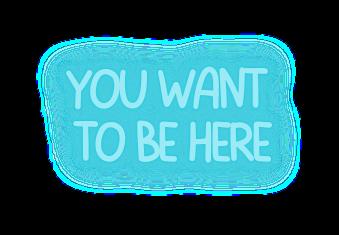
Create a 2x2 matrix to fill out this block, the 2x2 matrix is a square with four squares The square is divided by a vertical line down the middle of the four squares (up-down) and a horizontal line across the middle of the box (side to side) If you already have your value proposition it will be easier to plug in the dots. Select two key variables that distinguish your business and the other side of the matrix should be the opposite. One example for variable (1) is “Innovative,” and the opposite is “Traditional.” Variable (2) is “Affordable,” and the opposite is “Expensive ”

This is how it should look:
Innovative, Affordable Innovative, Expensive Traditional, Affordable Traditional, Expensive
After you select your key variables, start mapping your business and competitors in the matrix This will help you visualize the value and unique offerings between your business and competitors
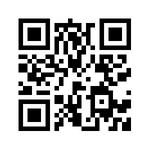
Innovative
Expensive
Affordable
Traditional
CHAPTER 3









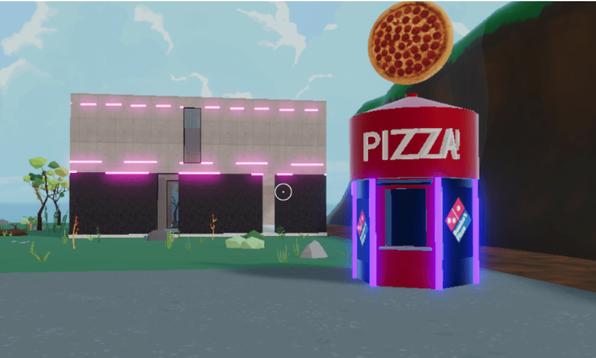





Today, marketers and the world’s most innovative brands are entering the metaverse, building virtual stores, and providing entirely new experiences to their customers The metaverse is changing the way brands engage and interact with their customers, and most importantly how they make money For example, Domino's pizza in Decentraland, (for one day) people had the opportunity to order a pizza virtually and get it delivered in the real world. How amazing is that? The possibilities are endless.
Now imagine creating your own business and building a virtual store to interact with your squad You will need to create virtual objects with the same shape as your real-life product, advertisements to put outside your virtual store like flyers or a big sign with your logo, and design the interior of your store This might sound funny and out of this world, but it's happening, it is here to stay, and guess what? You will be the one creating and shaping the metaverse

In this chapter, you will learn how to design an augmented reality (AR) experience that promotes your “fire solution” in the metaverse. Are you ready?
 ByMcKinsey “Marketinginthemetaverse: Anopportunityforinnovationandexperimentation”
[GucciTownisavirtualpiazzaonRoblox Photo:Gucci]
ByMcKinsey “Marketinginthemetaverse: Anopportunityforinnovationandexperimentation”
[GucciTownisavirtualpiazzaonRoblox Photo:Gucci]
CHAPTER 3: MARKETING IN THE METAVERSE
Now that you have your “fire solution” and built your business model, it’s time to create your first augmented reality (AR) experience to promote it and show the world who you are and what you offer to relieve their pain points.
Scan QR Code
Scan QR code
Fill out the information to sign up and create your free account
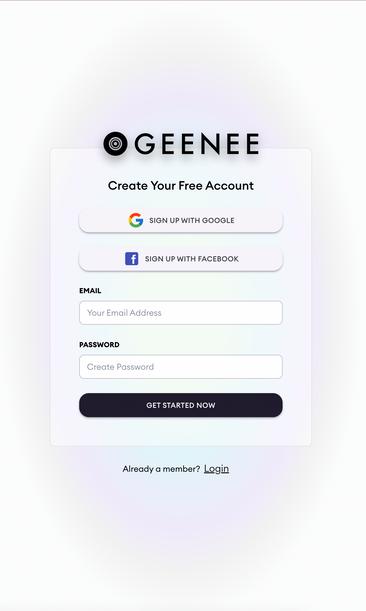
https://geenee.ar

Select “World AR” and click on “Get Start Click on the center of the phone “Go full screen to design your scene”







Look at top of the website and click on “Add Assets” Add assets (GIFs, music from Spotify, Sketchfab, etc…)

Some ideas to get you started:
What is your business? and for who it is?
Write 3 benefits that your business provides A picture or visual representation of your product Colors that represent your brand
Slogan & Logo



Once your AR design is complete, it's time to Publis
Click on “Publish”
Click on the icon next to publish

Share the link or QR Code with your parents, guardians, friends, teachers, and siblings


You’ve made it! What’s next?
Congratulations on completing Unicorn Academy’s program
“Entrepreneurship Education in the Metaverse ” You learned about entrepreneurship, the metaverse, how to become a design thinker, what entrepreneurs use to plan their business, and designed an augmented reality experience promoting your fire solution You are ready to take on the world


Awesome job following and completing all the activities, it’s your turn to take your idea into a startup, and hopefully into a unicorn. Remember that great entrepreneurs have empathy towards others, listen carefully, fail, learn, and try again. Good luck changing the world, and most importantly, have fun and enjoy the process! For more information, visit sttefoundation.org/unicorn-academy/.
If you liked this book, recommend it and share it with your friends!
Want to keep learning about entrepreneurship? Watch SayWhat!
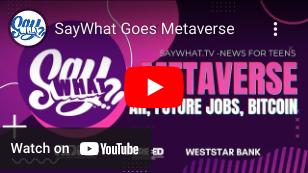

SayWhat?! is about real content to inspire and keep our future informed on issues that matter.
Brought to you by:

Special thanks to all the wonderful people who have been instrumental and supported the Unicorn Academy development journey:
